The 12 Photographers Vying to Win the 2025 Leica Oskar Barnack Award
![]()
Leica has revealed the shortlist for its prestigious 2025 Leica Oskar Barnack Award (LOBA), the competition’s 45th edition, and there is over $81,000 worth of cash and prizes up for grabs.
The main category winner will win a €40,000 ($46,688) cash prize and nearly $12,000 worth of Leica camera equipment, while the winner of the newcomer award will earn a €10,000 ($11,681) prize and a Leica Q3.
Each of the dozen photographers shortlisted for the award has created a striking, emotionally powerful photo series that pushes the boundaries of what photography is and what its potential impact can be.
Leica has not separated its 12-photographer shortlist into two distinct categories; therefore, each candidate is presented in alphabetical order below, along with a brief description of their selected photo series.
Lynsey Addario — ‘Mom, I Want to Live’
American photographer Lynsey Addario’s extremely powerful series, “Mom, I Want to Live,” focuses on a young Ukrainian girl who was diagnosed with a rare form of eye cancer in 2020 at just two years old. Russia’s invasion of Ukraine prevented her from accessing the essential treatment that she needed, forcing the young girl and her family to face life-threatening pediatric cancer and the horrors of war simultaneously. Addario’s emotional, intimate series recently won first place in the NPPA’s Best of Photojournalism awards.



Arlette Bashizi — ‘Beyond Numbers’
Arlette Bashizi’s series, “Beyond Numbers,” investigates the impact of ongoing conflict in her home country, the Democratic Republic of Congo. The series turns the lens toward the effects of war on regular people — over six million Congolese people have had to flee their homes since fighting broke out. Bashizi’s series examines individuals who might have otherwise been overlooked in a sea of statistics. Her neighbors are not just numbers, they are people who deserve to be seen as they face incredible challenges.
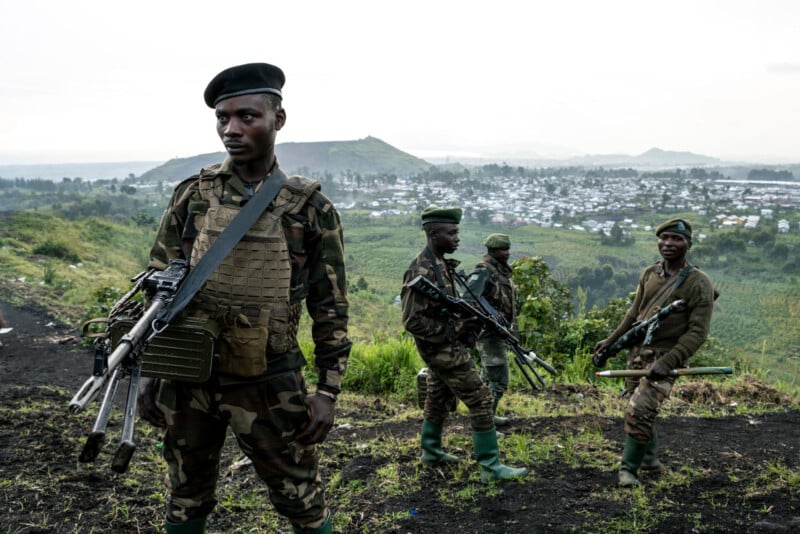
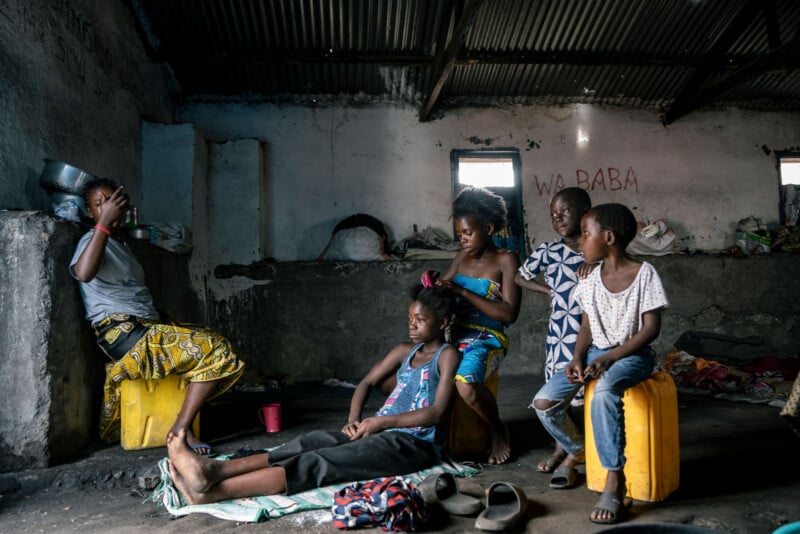
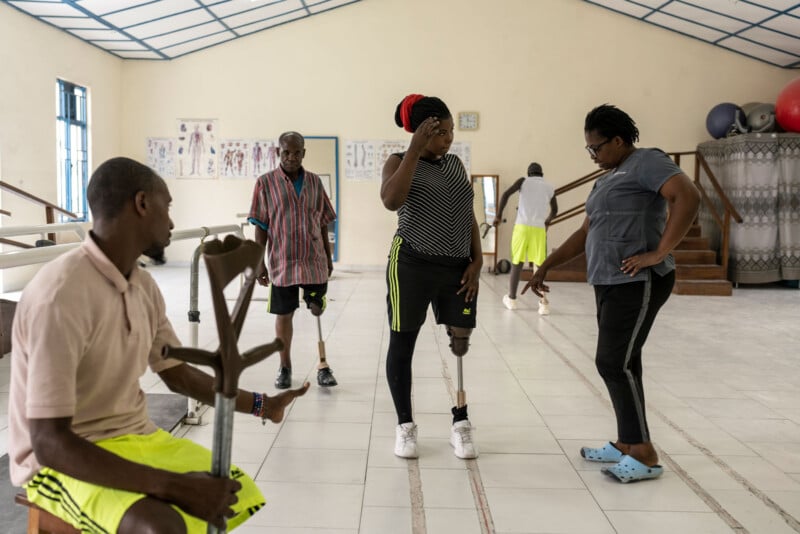
Alejandro Cegarra — ‘The Two Walls’
Mexico was once a safe place for asylum seekers. However, in recent years, the government has taken on more of the anti-immigration sentiment of its neighbor to the north, the U.S.. In his black-and-white photo series, “The Two Walls,” Venezuelan-born, Mexican-raised photographer Alejandro Cegarra documents the struggles of people facing the growing changes along the Mexican border.


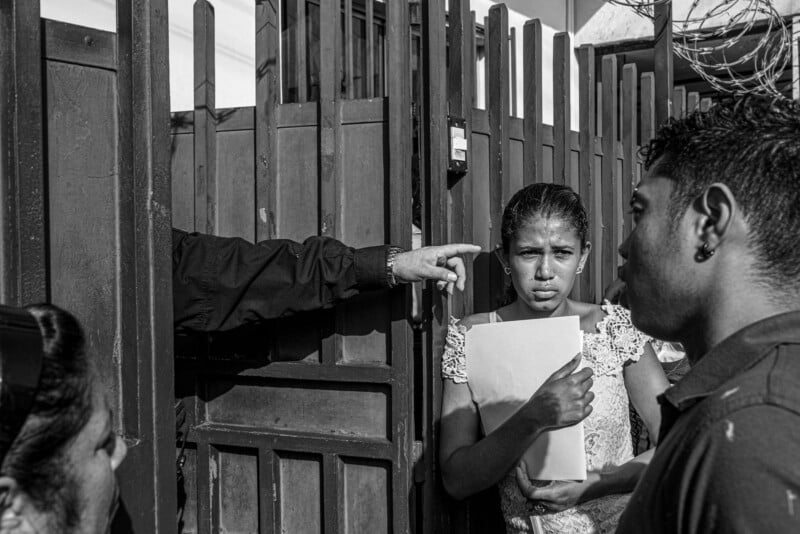
Serghei Duve — ‘Bright Memory’
German photographer Serghei Duve’s series “Bright Memory” reflects the Russian expression of the same term, which explores how everyday life is shaped by nostalgia and social divisions. Duve, who was born in Moldova, uses his camera to explore his family’s lasting connection to the territory of Transnistria. This almost entirely unrecognized region declared its independence from Moldova in 1990 but receives international support exclusively from Russia.
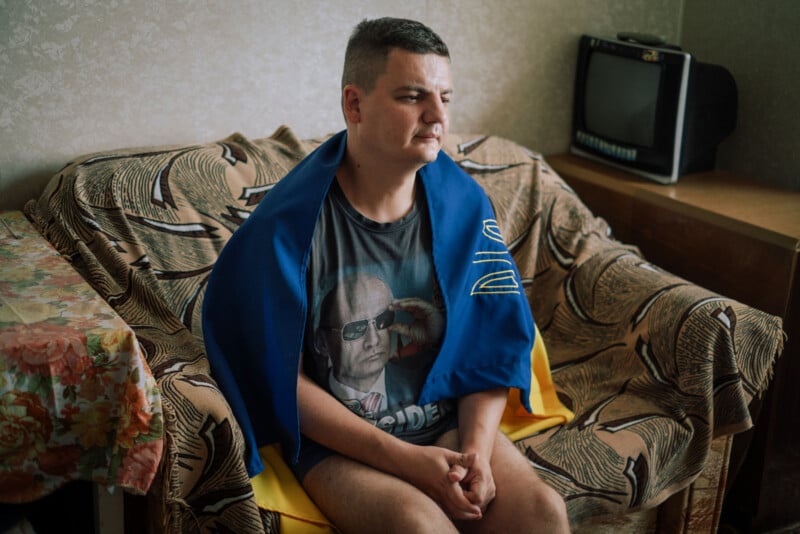
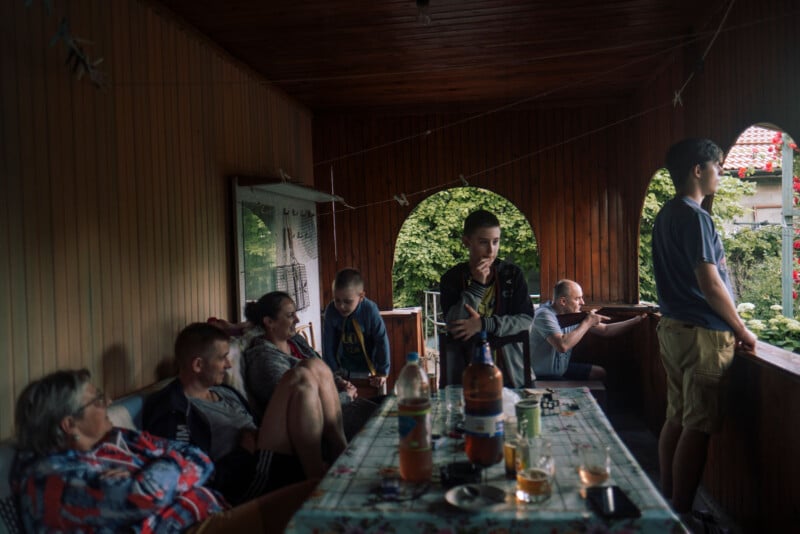
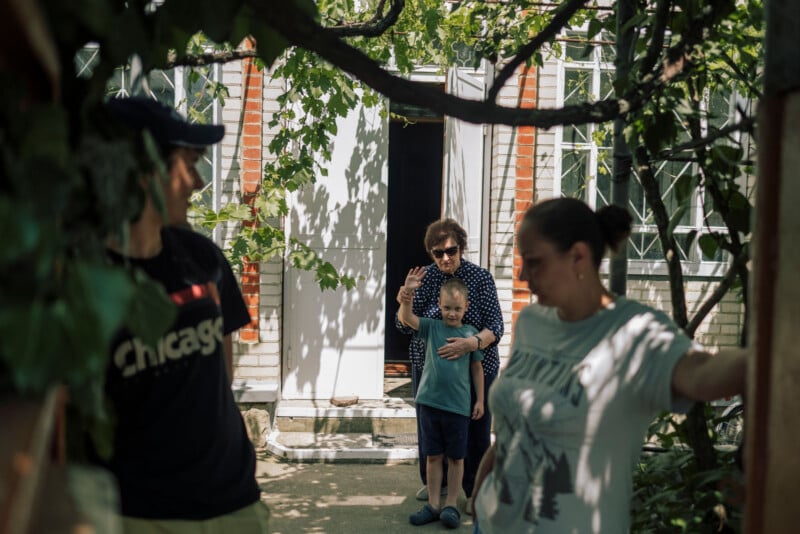
Gideon Mendel — ‘Deluge’
South African photographer Gideon Mendel’s series, “Deluge,” offers a poignant perspective on the global climate crisis. Mendel has photographed people from all walks of life across 13 countries since 2007, capturing how they and their homes have been impacted by climate change. Environmental destruction affects everyone, albeit in different ways depending on their socioeconomic status.
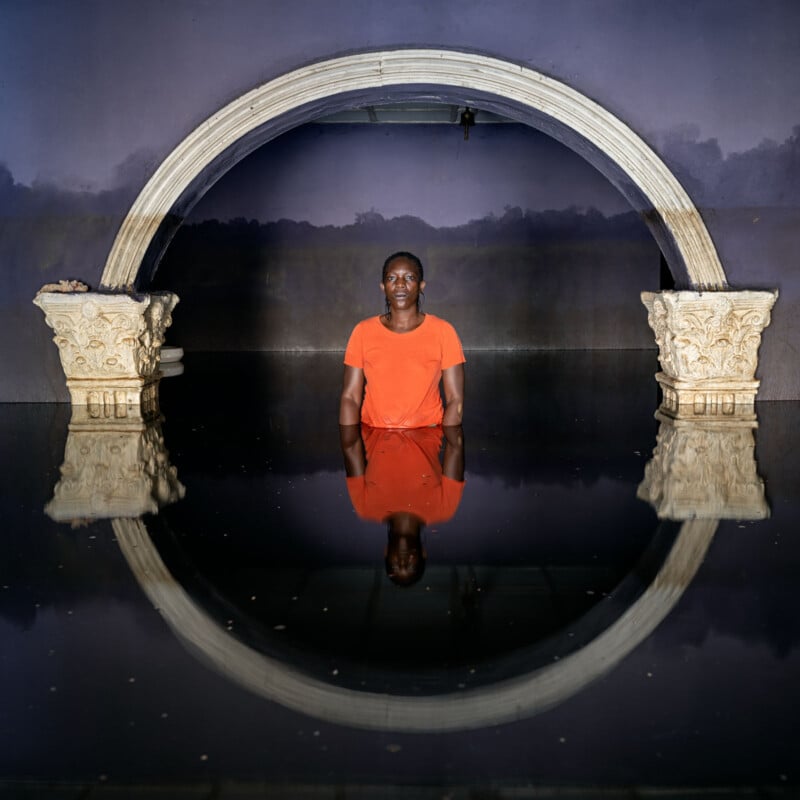
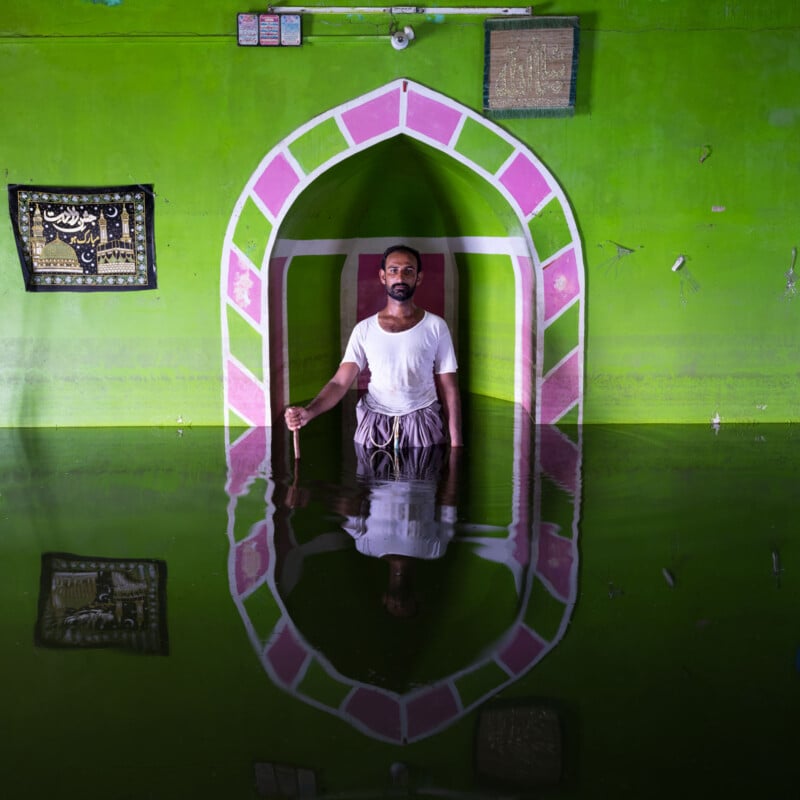
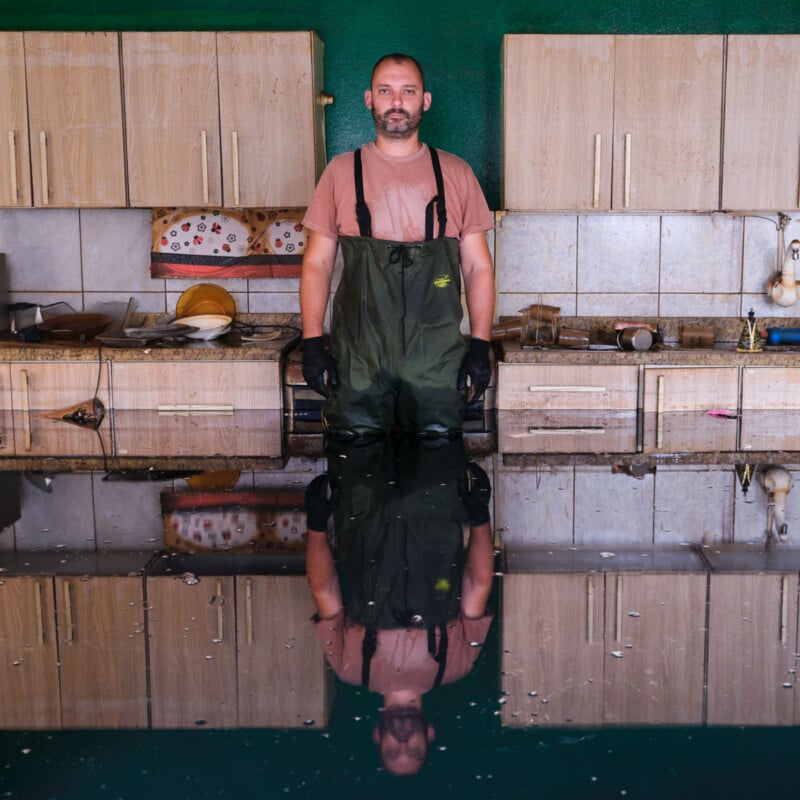
Stanislav Ostrous — ‘Civilians. The Gray Zone’
Ukrainian photographer Stanislav Ostrous’ series, “Civilians. The Gray Zone,” delivers a monochromatic look at how Ukrainians in Donetsk, Kherson, and Kharkiv are enduring the ongoing conflict. Donetsk in particular has been living under Russian threat for over a decade, when Russia annexed Crimea and began its war in Donbass. Ostrous focuses on the harsh realities of war and how civilian victims grapple with their devastating circumstances.
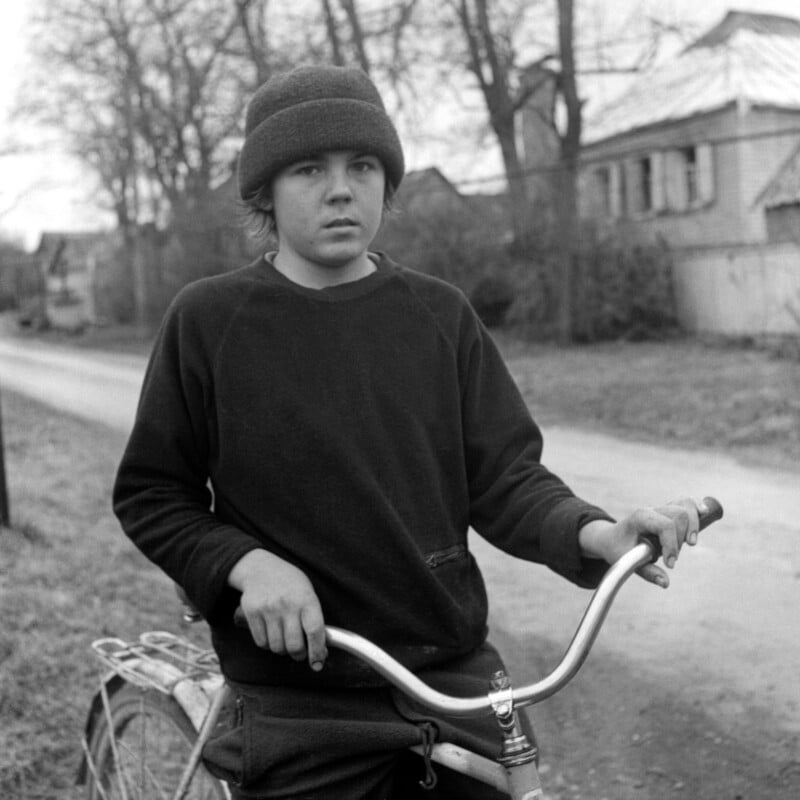
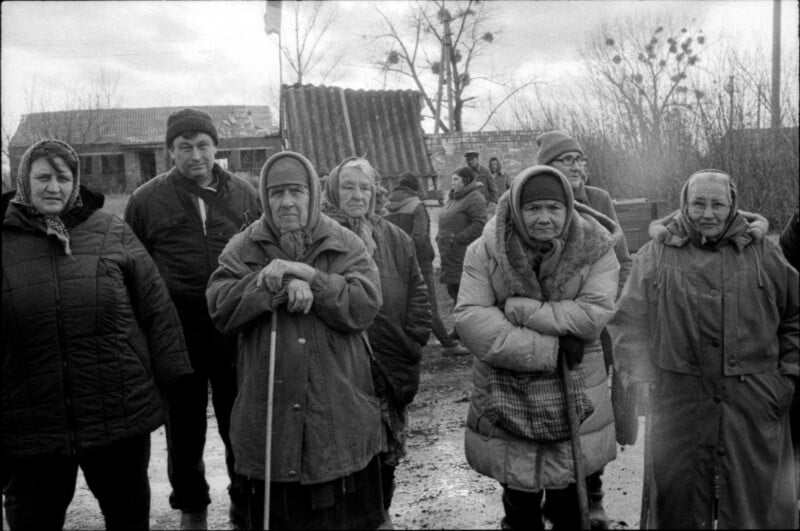
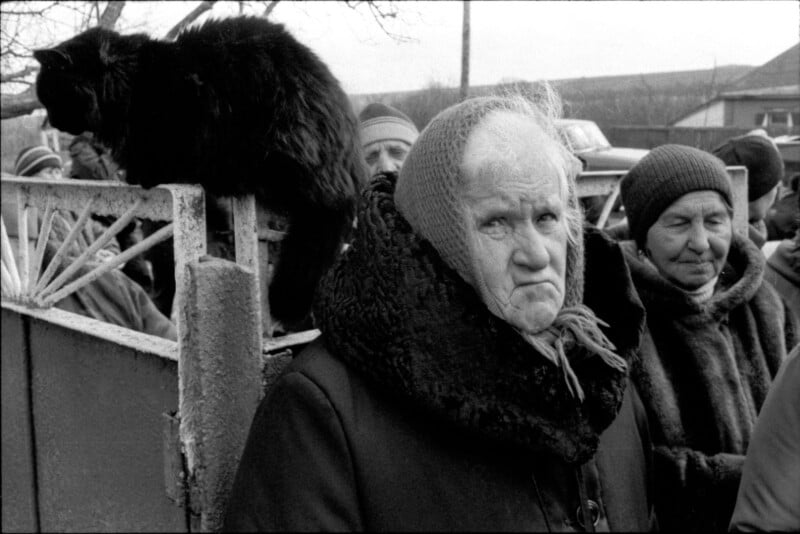
Xiangjie Peng — ‘The Rise of Queer Underground Party Culture in China’
Veteran Chinese photographer Xingjie Peng has been photographing the queer community across numerous Chinese cities since 2017. His series, “The Rise of Queer Underground Party Culture in China,” features portraits that document queer people and the places where they can be themselves in China. The photos document how people can be embraced and find a community in a country that still has official policies that restrict their authentic expression.
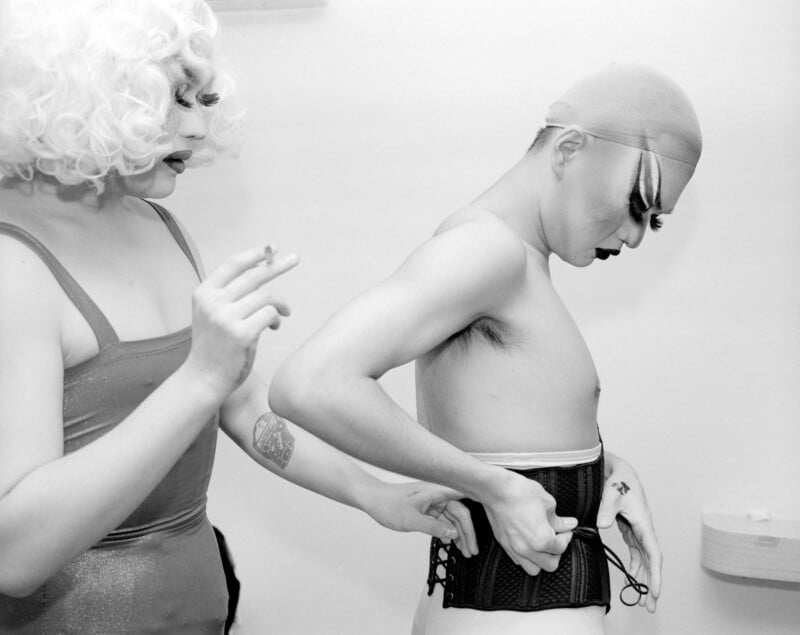

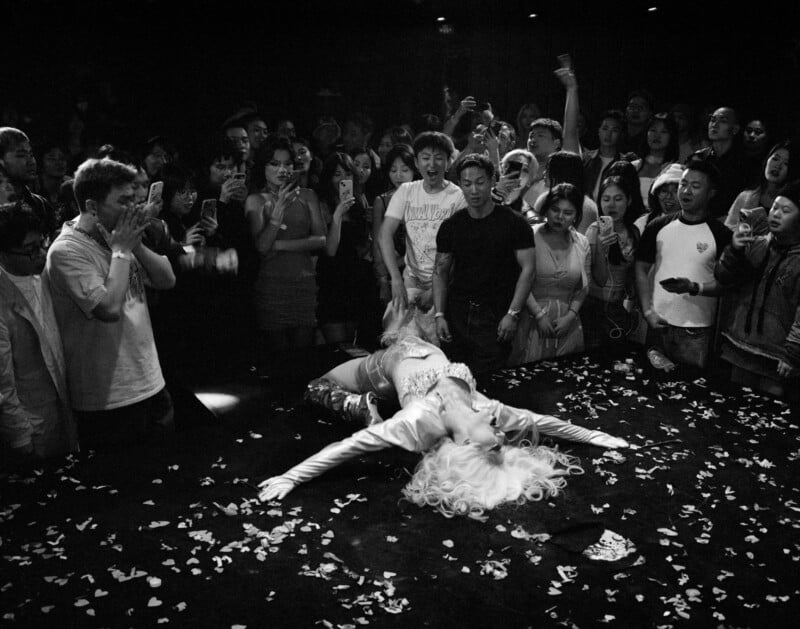
Ivor Prickett — ‘War on the Nile – Fragmented Sudan’
Irish photographer Ivor Prickett traveled to Sudan last year on behalf of The New York Times, tasked with capturing the horrific civil war in Sudan that has received little international attention. The war, which has been ongoing for two years, has displaced over 11 million people, and around 150,000 people have already been killed. It is one of the world’s most horrific humanitarian crises, and Prickett’s powerful photos capture the extent of the tragedy and desperation.
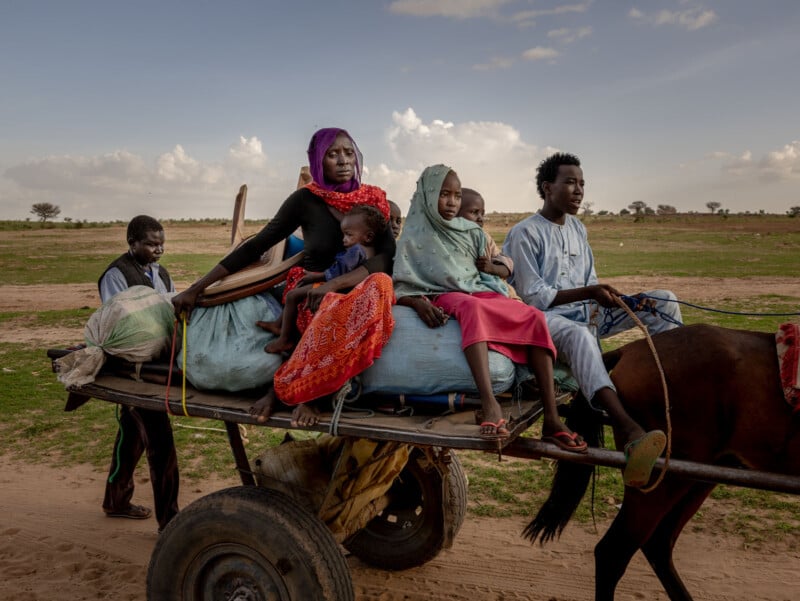
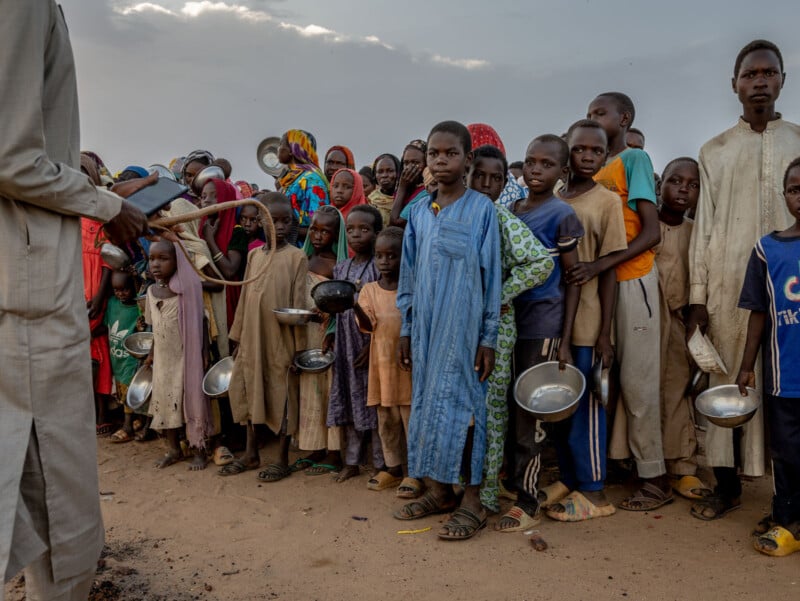

Frederik Rüegger — ‘I Am a Stranger in This Country’
A mostly unrecognized consequence of Brexit in the United Kingdom has been the damage done to the Irish Travellers community, who can no longer freely and easily move throughout the European Union. Frederik Rüegger’s series, “I Am a Stranger in This Country,” examines this community as it confronts new and evolving threats to its way of life. The ethnocultural group finds fewer safe spaces in the world today amid growing nationalistic tendencies and misinformation. Rüegger’s series focuses predominantly on scenes in horse markets, one of the few places where Travellers can openly exist and celebrate their unique culture.
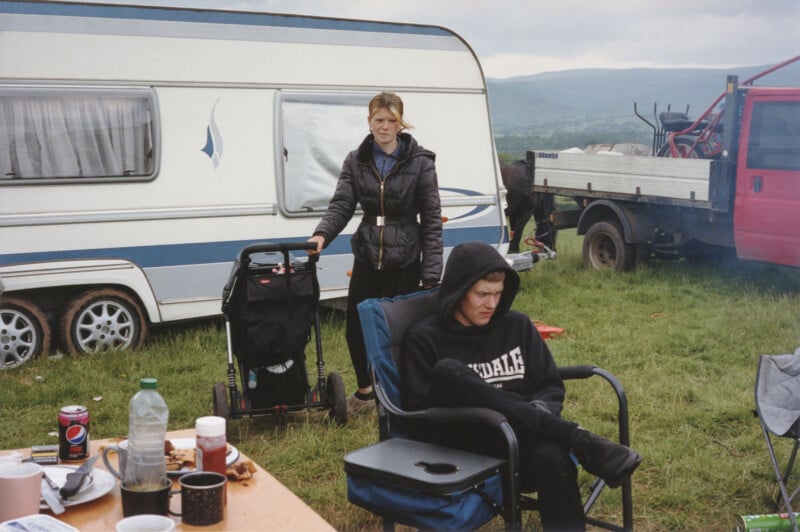


Anastasia Taylor-Lind — ‘5km from the Frontline’
English photographer Anastasia Taylor-Lind has spent the past decade working alongside journalist Alisa Sopova to document the war in Ukraine, especially the Donbass region, where the ongoing Russia-Ukraine war began in 2014. The region has remained exceptionally violent and damaged as Russia’s invasion spread to other parts of Ukraine in recent years. The series examines how people have managed to survive under constant threat for years and how their lives have been shaped by prolonged conflict.
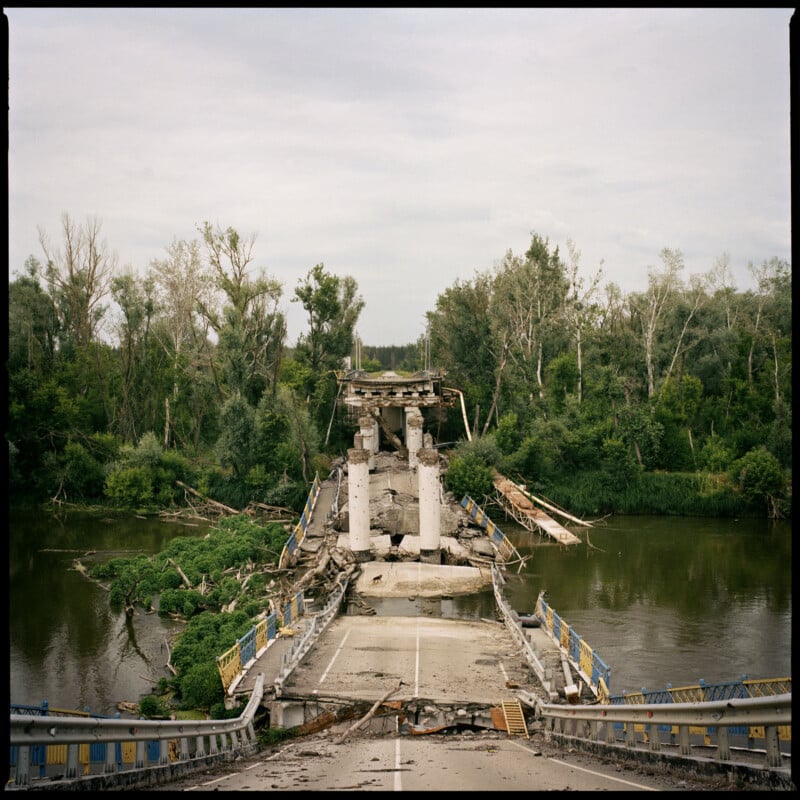
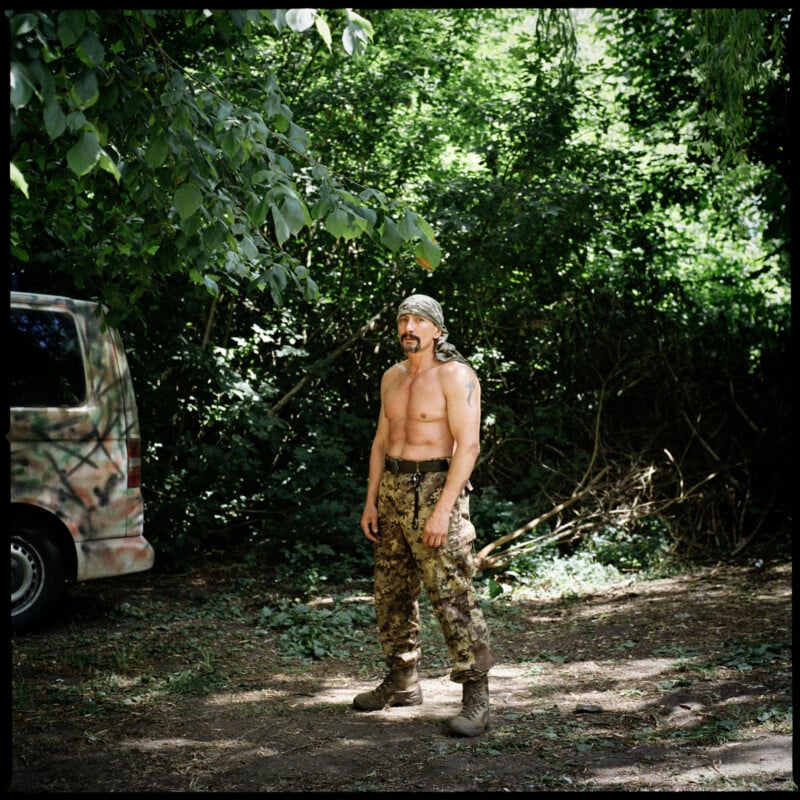
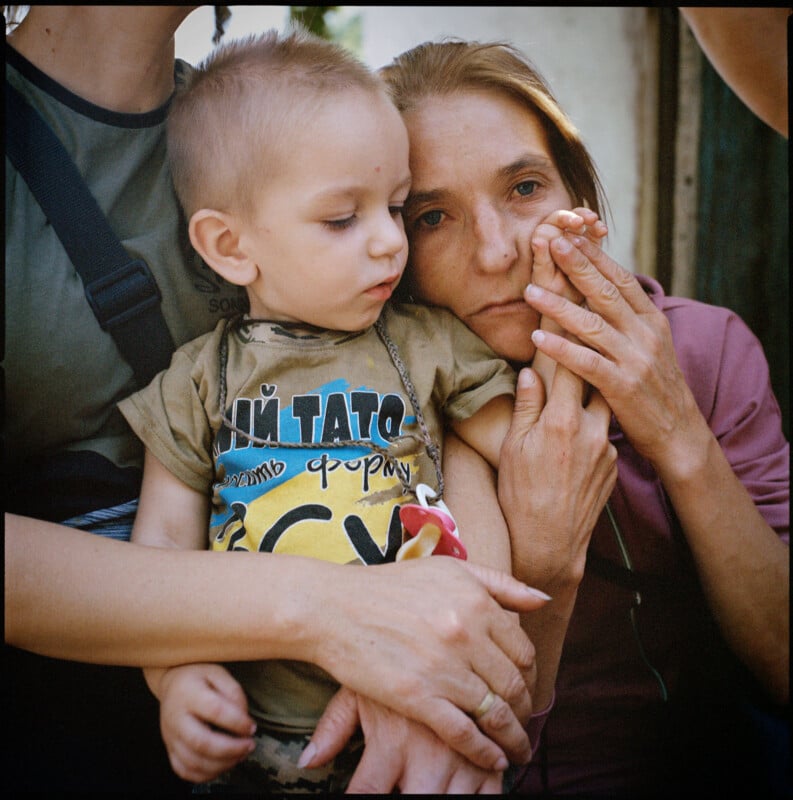
Jodi Windvogel — ‘Life Under Occupation – Cissie Gool House’
The Cissie Gool House in Cape Town, South Africa, was once a hospital. However, in 2017, it was occupied by a social movement, Reclaim the City. The movement, focused on providing affordable housing for marginalized people in Cape Town, turned the Cissie Gool House into a refuge for more than 2,000 people before a forced eviction last year. Jodi Windvogel’s series, “Life Under Occupation — Cissie Gool House,” looks at what happened, its deep roots in apartheid, and the people who have been impacted by a lack of secure housing.
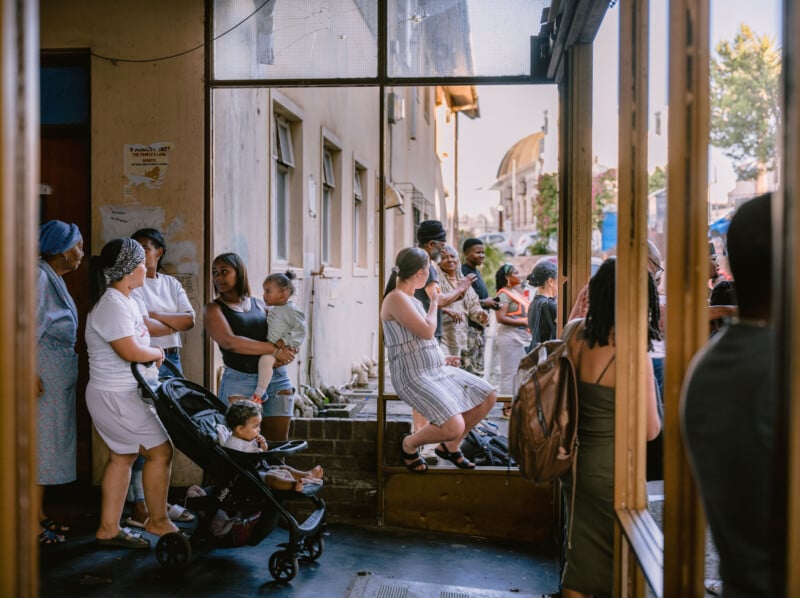
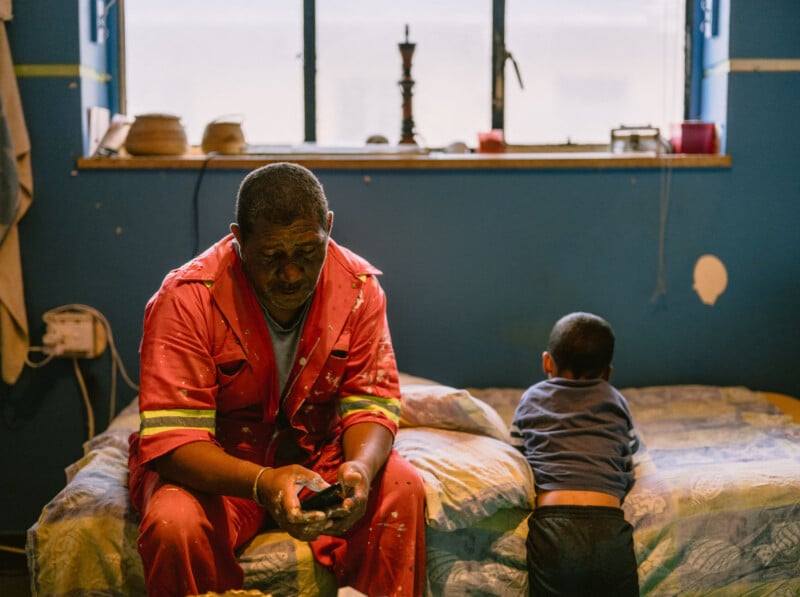

Zhan Youbing — ‘Migrant Workers in China’s Assembly Line’
Chinese photographer Zhan Youbing has documented China’s migrant workers for over three decades. Today, there are more than 300 million migrant workers in China, who serve as a vital backbone for the country’s economic growth. Many of them leave rural areas in search of new and better opportunities in China’s bustling urban centers. “Migrant Workers in China’s Assembly Line” looks at people in Dogguan, a megacity where over 70% of its people are migrant workers. Youbing, a self-taught photographer, focuses on the daily routines of migrant workers in the area.
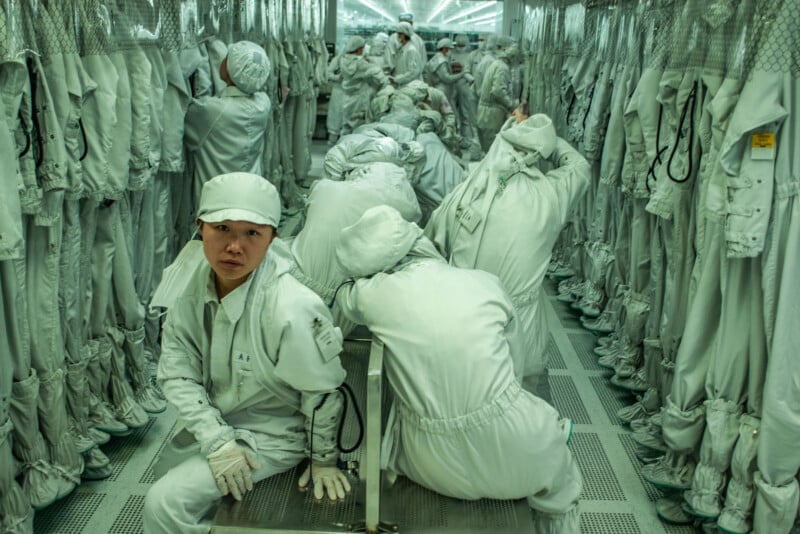
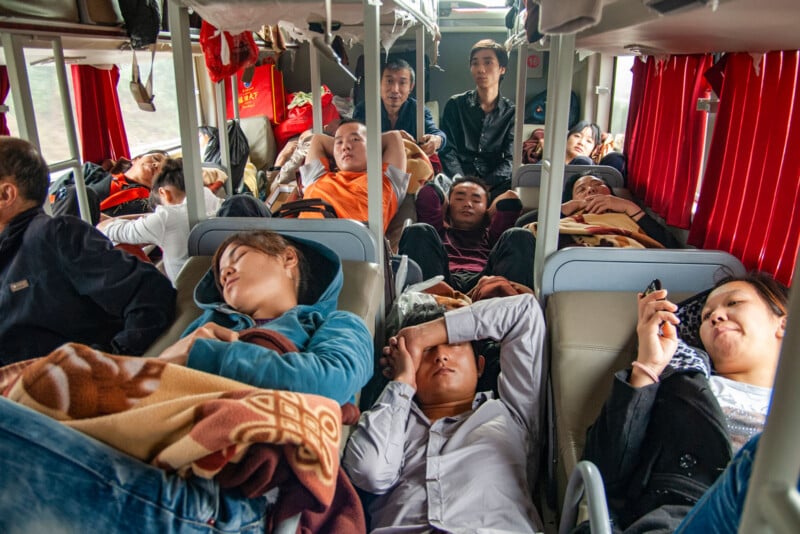

Leica Oskar Barnack Award 2025
“This year’s Leica Oskar Barnack Award jury reached a decision on the back of keen attention and a deep appreciation for photography’s social impact,” says Leica’s Karin Rehn-Kaufmann, the Art Director and Chief Representative for Leica Galleries International.
The final winners will be revealed on October 9, 2025, at the Ernst Leitz Museum. Following the showcase event in Wetzlar, Germany, the 2025 LOBA exhibition will travel to all Leica Galleries worldwide, of which there are more than 20.
Image credits: Leica Oskar Barnack Award 2025, all photographers are credited in the image captions.